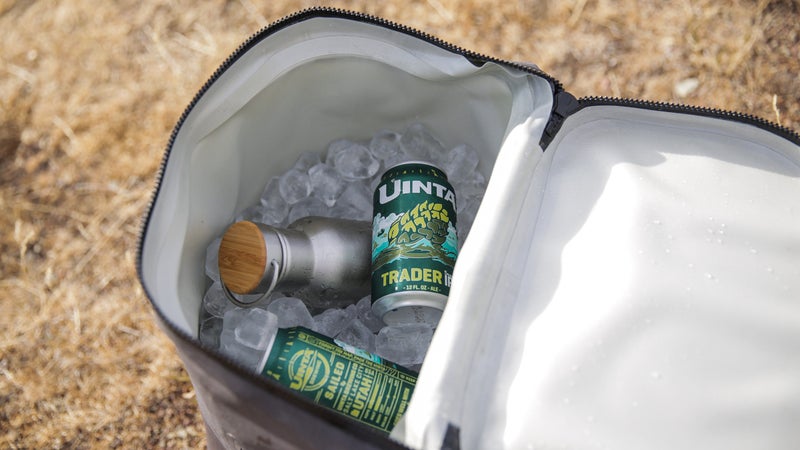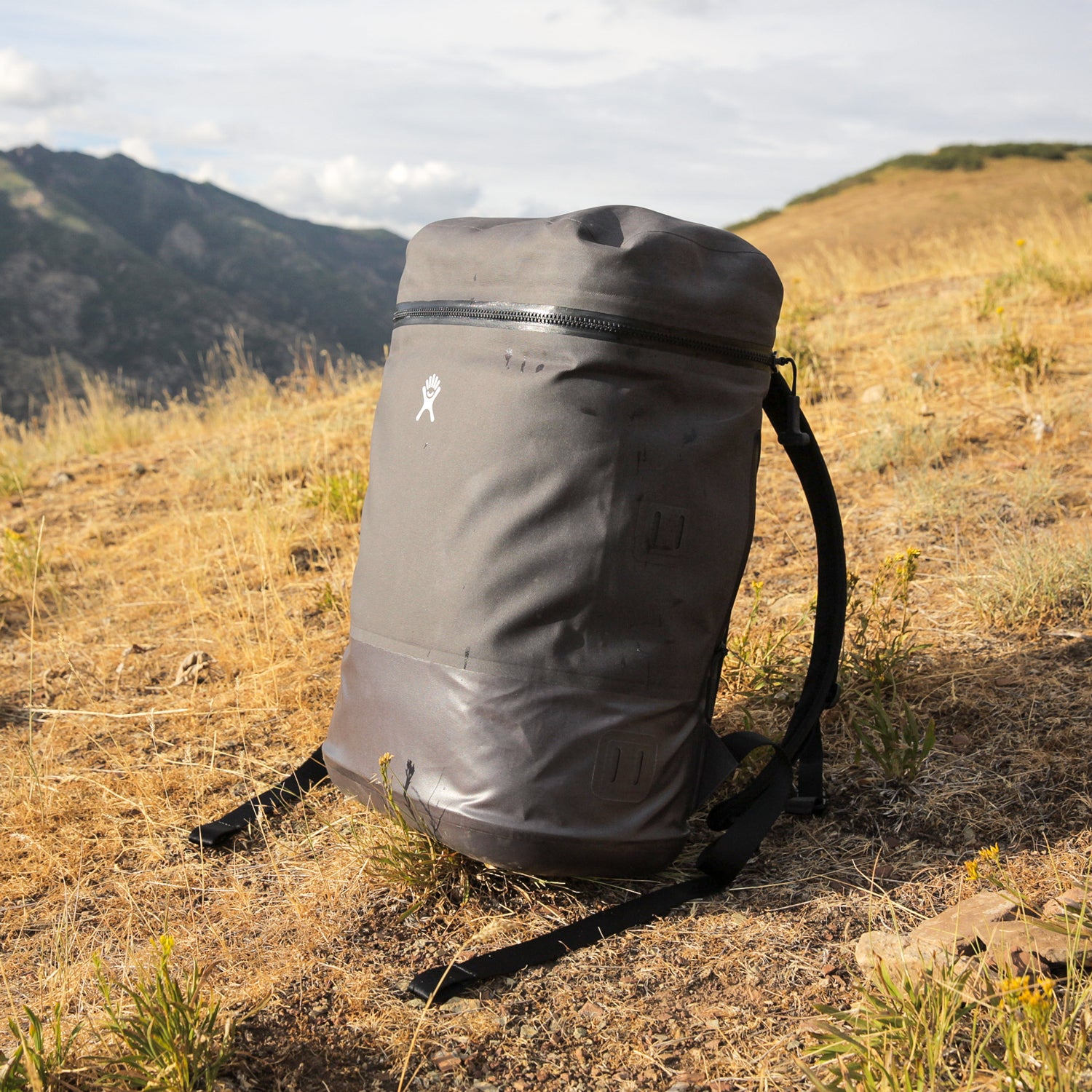It’s no secret that I love . The Bend, Oregon–based company first stole my heart in 2010, when a buddy poured an icy gin and tonic into the company’s 18-ounce bottle and it kept everything cold during 14 hours of rafting in 90-degree heat. That first cold sip at the end of the day was all it took to make me a believer. I immediately went out and bought my own and have since tested at least dozen more Hydro Flask bottles and cups for this column.
So I was excited to hear the company is now making soft coolers that will launch next spring. Its first version is the , which we awarded our Gear of the Show award at the most recent Outdoor Retailer. To find out why the company went this direction as its first departure from metal drinking vessels, I emailed Lucas Alberg, the company’s head of PR and communications. He said it’s all about portability.
“We wanted to create a product that consumers could take with them wherever their busy days led. Hard coolers tend to be stationary: in a car or truck, and then maybe next to the picnic table,” wrote Alberg. “The design and construction of Hydro Flask’s soft coolers have the mobility to be close to a person in their everyday life.”
To put that portability and the pack’s other features to the test, we grabbed one during the show, loaded it down, and then climbed Grandeur Peak in the Wasatch Mountains outside Salt Lake City, Utah. Here are the results.
Looks
The Unbound stands out from the competition almost immediately because it looks like a commuter pack, not a cooler. Credit the simple, matte exterior that’s free of unnecessary doodads, plus the pack’s slim overall design.
Comfort
Before the hike, we loaded the Unbound with ten pounds of ice, six beers, and eight cans of La Croix. That brought the weight to somewhere between 20 and 30 pounds, based on my estimates. The Unbound isn’t meant for long hikes, so there’s no weight-bearing waist strap, but the adjustable shoulders straps were plenty cushy, and the padded, semirigid back sat comfortably against my back without rubbing or bouncing. I wouldn’t have hauled the bag much farther than the total 5.5 miles we hiked, but I had no complaints at the bottom of the trail.

Ice Retention
We spent about 2.5 hours climbing the peak in 85-degree weather. When we topped out, both the beers and water were perfectly cold, and none of the ice had melted. Back down at the trailhead, a total of four hours since we started, there was some melt, but not much. No water had leaked out. To keep the test going, I took the bag back to my hotel and let it sit in 74-degree temps for an additional 48 hours. At the end of that test, there was still no leakage, about 10 percent of the ice was left, and I was treated to one last forgotten but beautifully cold, hangover-helping La Croix.
Credit thoughtful design for the bag’s staying power. Knowing that hot air rises and cold air sinks, Hydro Flask put 20 millimeters of insulation at top and bottom for maximum thermoregulation. But there are only 10 millimeters of insulation around the sides to keep down the bulk.
Usability
Inside, you get one main compartment. The top unzips and flips completely open for easy access to your beer—and so you can get in there to clean and dry the pack once you’re done. The external pockets on the version we tested are going to change for the final production model, but Hydro Flask says the pack will stay simple, with just a couple extra spots on the outside to hold gear like a jacket, phone, and wallet.
Price
The Unbound is spendy at $275. That’s significantly more than the most expensive cooler pack I tested this summer and double the price of others. In terms of comfort and design, this pack is my favorite, and I’m guessing it would retain ice just as well as the Igloo, which performed the best in my informal test.
But should you buy it? If you’ll use the pack a lot, over lots of miles, and care about looks, then yes. But you might want to look elsewhere if you just need to occasionally haul beer down to the beach or up to your favorite mountain vista.


